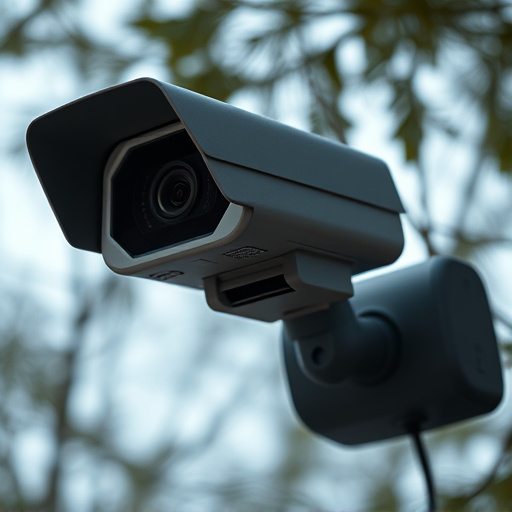Hidden cameras in homes for babysitter monitoring have advanced with high-resolution video, infrared capabilities, and wireless access via smartphone or computer. RF (Radio Frequency) detectors are effective tools to combat these hidden devices, scanning for signals to ensure transparency and safety. This guide advises purchasing an RF detector sweep, understanding local privacy laws, checking common areas systematically, and using digital readouts and visual inspections to verify potential findings, fostering a secure environment for your child while monitoring their safety.
Uncover hidden cameras with our comprehensive guide, designed to empower you with the knowledge to ensure privacy and safety. This tutorial delves into the world of concealed camera technology, focusing on their use in babysitter monitoring. Understanding how these devices operate is key to detecting them effectively. We explore the crucial role of RF (radio frequency) detectors in uncovering hidden cameras, offering a step-by-step approach for sweeping your home to identify potential risks.
- Understanding Hidden Cameras: Unveiling the Basics of Concealed Camera Technology
- The Role of RF Detectors in Uncovering Hidden Devices
- A Step-by-Step Guide: Sweeping for Hidden Cameras in Your Home, Especially for Babysitter Monitoring
Understanding Hidden Cameras: Unveiling the Basics of Concealed Camera Technology
Hidden cameras, also known as surveillance cameras, have evolved significantly in recent years, especially with the integration of technology designed to stay hidden from view. These concealed devices are increasingly used for various purposes, one of which is babysitter monitoring—a concern for many parents seeking peace of mind while their children are at home. Understanding how these hidden cameras work and what they can do is essential when considering their use for such sensitive tasks.
Concealed camera technology often involves compact, high-resolution imaging sensors that can capture clear videos and images without drawing attention to themselves. Some devices employ infrared capabilities, allowing them to operate in low-light conditions or even complete darkness, making them particularly effective for nighttime surveillance. Additionally, these cameras often come equipped with wireless features, enabling easy transmission of footage to a parent’s smartphone or computer, ensuring they can remotely monitor their babysitter’s activities from anywhere at any time.
The Role of RF Detectors in Uncovering Hidden Devices
RF (Radio Frequency) detectors play a pivotal role in uncovering hidden devices, such as concealed cameras used for babysitter monitoring. These sophisticated tools operate by scanning and detecting signals emitted from electronic devices, including those used for covert surveillance. By employing RF technology, professionals can identify and track down hidden cameras that may be strategically placed to invade privacy.
In the context of babysitter monitoring, RF detectors are particularly useful as they enable parents or caregivers to verify the integrity of their home environment. The ability to detect concealed cameras ensures that sitters cannot secretly record activities without authorization, promoting transparency and safety. This technology empowers individuals to take proactive measures against potential privacy breaches, ensuring peace of mind while ensuring the well-being of children under their care.
A Step-by-Step Guide: Sweeping for Hidden Cameras in Your Home, Especially for Babysitter Monitoring
A Step-by-Step Guide: Sweeping for Hidden Cameras in Your Home, Especially for Babysitter Monitoring
To detect concealed cameras for babysitter monitoring, start by purchasing a reliable RF (radio frequency) detector sweep. These devices are designed to pick up signals from hidden cameras that operate wirelessly. Before beginning your search, familiarize yourself with local laws regarding privacy and the use of surveillance equipment to ensure ethical and legal monitoring practices. Once equipped, begin by systematically checking common areas where hidden cameras might be installed—bedrooms, play areas, and kitchens. Move furniture slightly to access corners and crevices often overlooked.
While sweeping, pay close attention to any digital readouts or beeps from your detector. These indicators could signal the presence of a hidden camera’s radio frequency signal. If you suspect an area, use a mirror or smart device camera at different angles to visually inspect for any devices. Remember, a thorough search involves not just detecting signals but also physically verifying potential findings. By combining these steps, you can ensure your babysitter’s privacy and create a safe environment for your child.
In conclusion, RF detector sweeps prove to be an effective method for identifying hidden cameras, particularly in domestic settings like babysitting environments. By understanding how these devices operate and utilizing the right tools, homeowners can ensure their privacy and peace of mind. This tutorial offers a practical guide to help you navigate this process, empowering you to take control of your personal space and make informed decisions regarding concealed cameras for babysitter monitoring.
